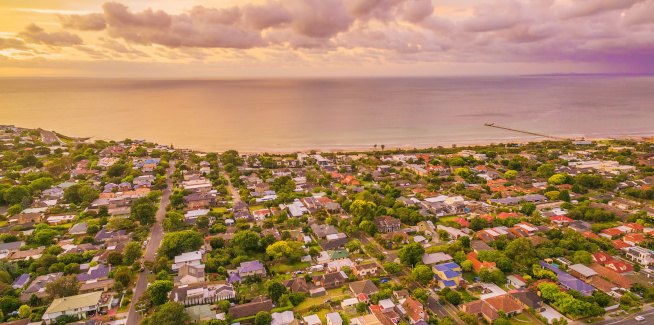The surge in home prices experienced over the preceding year may have disadvantaged women buyers the most, according to new data.
A recent report from CoreLogic shows that women continue to have less overall share of property ownership than men.
CoreLogic’s 2022 Women and Property Report found men own 28.5 per cent of houses while women hold 24 per cent, though women have a slightly higher incidence of unit ownership at 35.2 per cent versus men’s 34.7 per cent share.
That houses tend to increase in price more rapidly than apartments has significant implications for the gender wealth gap, according to the report’s author Eliza Owen, CoreLogic Australia’s head of research.
“Detached houses generally accumulate more value over time than units, with CoreLogic’s Hedonic Home Value Index as of January 2022 showing 10 year annualised growth rates in Australian house values was 6.2 per cent per annum, compared with 4.1 per cent per annum for units,” she explained.
“What this means is that house owners accrue a lot more value over time compared to unit owners. The nominal gains in the median Australian house value over the past decade totalled around $340,000, compared with $197,000 for the median unit gain.”
In addition, a widening of the gender pay gap indicates that it’s becoming increasingly more difficult for women to save for a home deposit.
Australia’s gender pay gap in full-time ordinary earnings rose from 13.4 per cent in November 2020 to 13.8 per cent in November 2021, according to the Australian Bureau of Statistics.
Milena Malev, CoreLogic International’s general manager of financial services and insurance solutions, said this disparity leads to men having the ability to save for a 20 per cent home deposit around a year faster than women, on average.
“That means men are not only accumulating greater wealth from a higher proportion of existing property ownership, but they’re also able to get into the market sooner than women and start that wealth accumulation in a growth market,” Ms Malev remarked.
CoreLogic’s data indicates that when it comes to primary residences, women and men are closer to equal in terms of ownership of the market. The disparity appears to originate with investor activity, with men owning 36.4 per cent of all investment properties while women own 29.1 per cent.
In Australia, this accounts for approximately 105,500 homes.
“Our data suggests that around 70 per cent of the discrepancy between male and female residential property ownership in Australia is accounted for by ownership of investment properties,” Ms Owen revealed.
The good news is that though gains have been gradual, women’s share of Australia’s property market is on the rise.
In 2019, 27.3 per cent of property purchases were made by female owners. That increased to 27.4 per cent in 2020 and 28.3 per cent in 2021. Meanwhile, the portion of male purchases declined, from 29.6 per cent in 2020 to 28.7 per cent in 2021. Joint male and female purchases are also down slightly from the previous decade average of 43.5 per cent, now sitting at 42.9 per cent.
Ms Owen characterised the shift as small but important.
“Australia shows a really interesting trend where there’s a marginal shift, year by year, of women purchasing a slightly higher portion of properties, and men purchasing a slightly lower portion. Joint purchases have remained steady over time, but did see a dip in 2009 that may have been associated with a surge in first home buyer activity. This positive trend may start to reflect greater gender parity in home ownership over time,” she said.
[Related: More Australians now considering property investment: CBA]
